Some of the cars you see with blue headlights came with high-intensity discharge (HID) lights from the factory, and they are totally legal. Other cars you see with blue headlights have illegal modifications that can often result in a ticket, or worse. This is a pretty complicated subject when you get right down to it, but the simple answer is that you should check into the specific laws where you live before you put anything other than a stock replacement headlight bulb in your car.
-
Stock Halogen Vs. High-Intensity Discharge Lights
The reason that the issue of aftermarket headlights, or “blue” headlights, is so complicated is that there are two kinds of aftermarket replacement headlights that can appear blue, and they use totally different technologies.
Some "blue" headlights are just regular halogen capsules with a blue film, while others are actually a totally different type of light technology.
Most cars today use halogen headlights, where each headlight consists of a permanent reflector assembly and a halogen capsule. So when the bulb burns out, it can easily be replaced by an inexpensive halogen capsule rather than replacing the entire reflector assembly.
Factory HID lights are similar, but instead of a reflector designed for a halogen capsule, they utilize a projector assembly. What that means is that while you can buy HID capsules that will slide right into your factory headlight assembly, doing so can create issues with bright, unfocused beans that shine all over the place and can consequently cause problems for other drivers.
-
Where the NHTSA Stands on Aftermarket HID Headlights
Currently, most jurisdictions in the United States require headlights to conform to Federal Motor Vehicle Safety Standards (FMVSS) 108, which states that replacement headlight capsules must match the dimensions and electrical specifications of the factory equipment. This is an issue due to the fact that HID headlights don’t work the same way that halogen headlights do. For instance, HID headlights utilize a ballast, which halogen capsules don’t require.
The NHTSA takes a very narrow view as to what it takes to conform to FMVSS 108. According to the Washington State Patrol, an HID replacement for an H1 halogen bulb would have to precisely match an H1 bulb’s filament size and placement, electrical connector, and ballast, which is categorically impossible due to the fact that H1 bulbs don’t use ballasts in the first place.
Additionally, the NHTSA found that HID conversion kits often exceeded the rated output of factory headlights, often by a great deal. In some cases, aftermarket HID headlights have been measured in excess of 800 percent of the maximum candlepower of the halogen headlights they were meant to replace.
-
Don’t Believe the DOT
You may have heard that it’s okay to install an HID conversion kit if it has a DOT logo on it, but the fact is that this mark only means that the company that manufactured the product has self-certified that it meets federal requirements. The NHTSA, which is part of the United States Department of Transportation, is responsible for setting requirements, but it doesn’t actually certify that any given product meets those requirements. So while there is such a thing as conforming to DOT standards, there's no such thing as a DOT-approved headlight.
Since the NHTSA has gone on record as saying that it isn’t possible for an HID conversion kit to conform to FMVSS 108, any “DOT approved” label on aftermarket HID lights should be taken with a grain of salt. As always, it’s important to investigate exactly what the product is, and whether or not it is actually legal, rather than just taking someone’s word for it.
-
Legitimate Aftermarket HID Retrofits
Since some cars come with HID headlights from the factory, HID headlights clearly aren’t unsafe in and of themselves. In fact, if you replace your headlight reflector assemblies with appropriate projector assemblies, aim them properly, and the install work is professionally done, you’re likely to end up with a safe upgrade that won’t blind other drivers.
However, you could still get pulled over, and you could still end up with a ticket, depending on how the laws are worded where you live, and the priorities of the local police department. In fact, it’s entirely possible that you could be pulled over simply for driving around with halogen bulbs that have a blue coating to approximate the look of HID lights. As to whether the ticket would actually stand up in court, that, again, depends on the specific laws where you live. NOVSIGHT AUTO LIGHTING

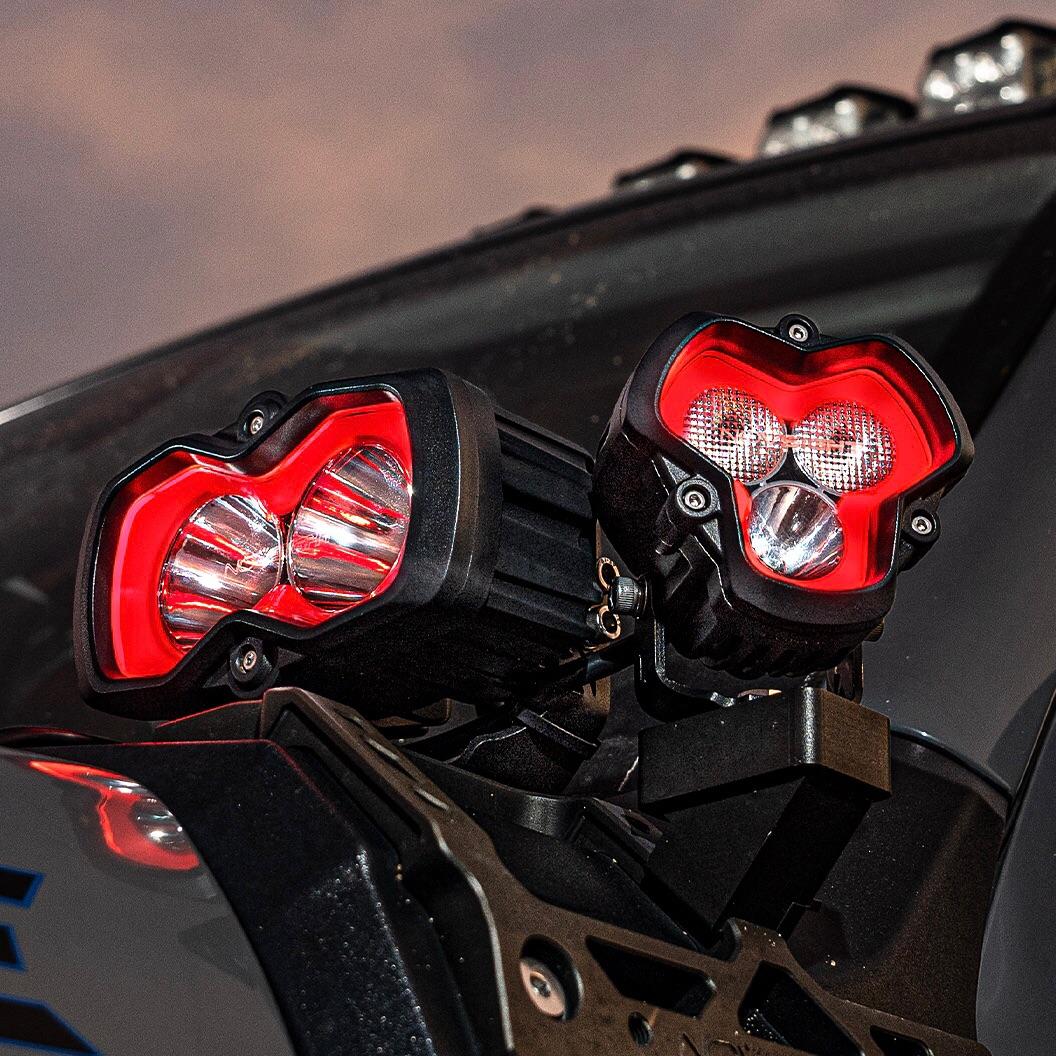
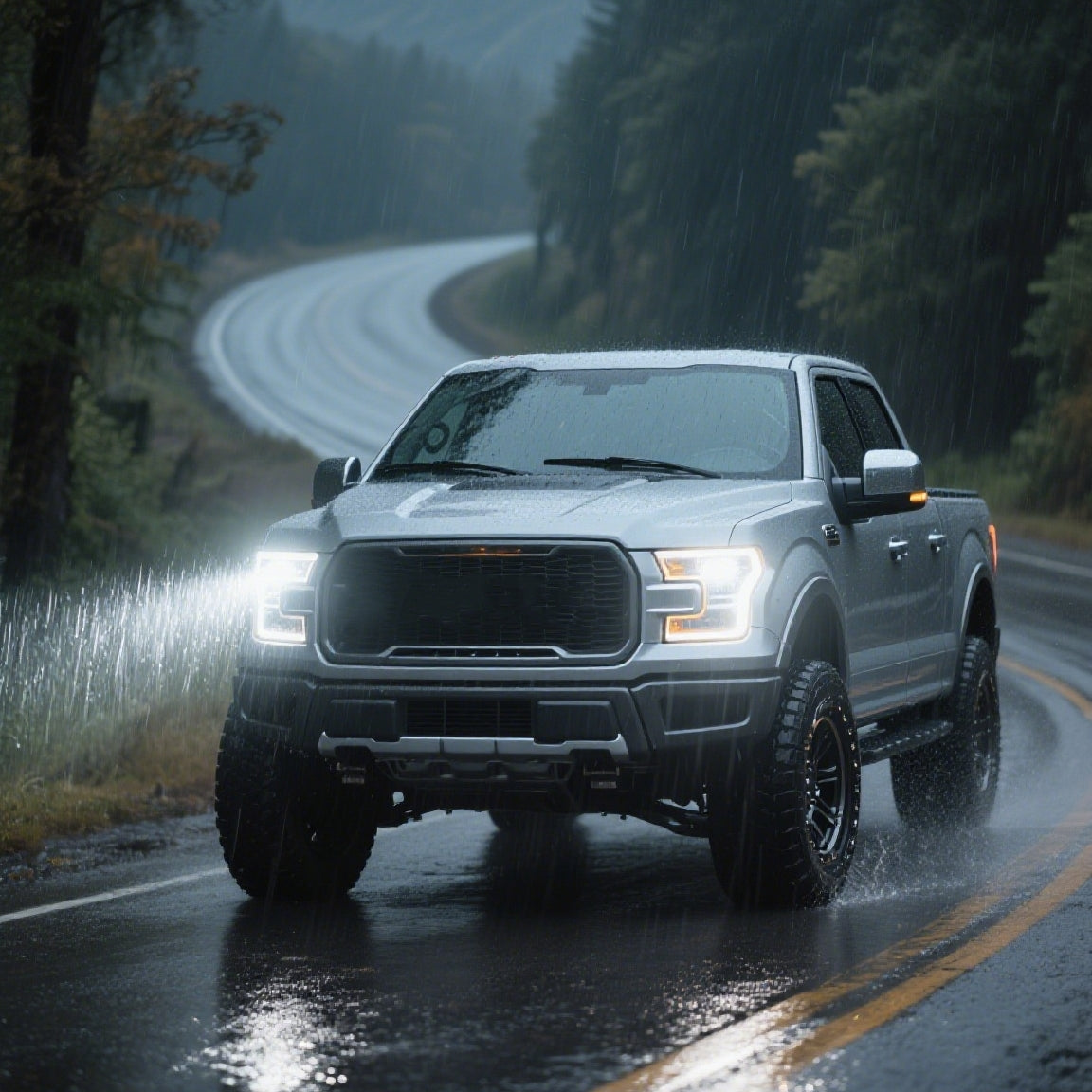
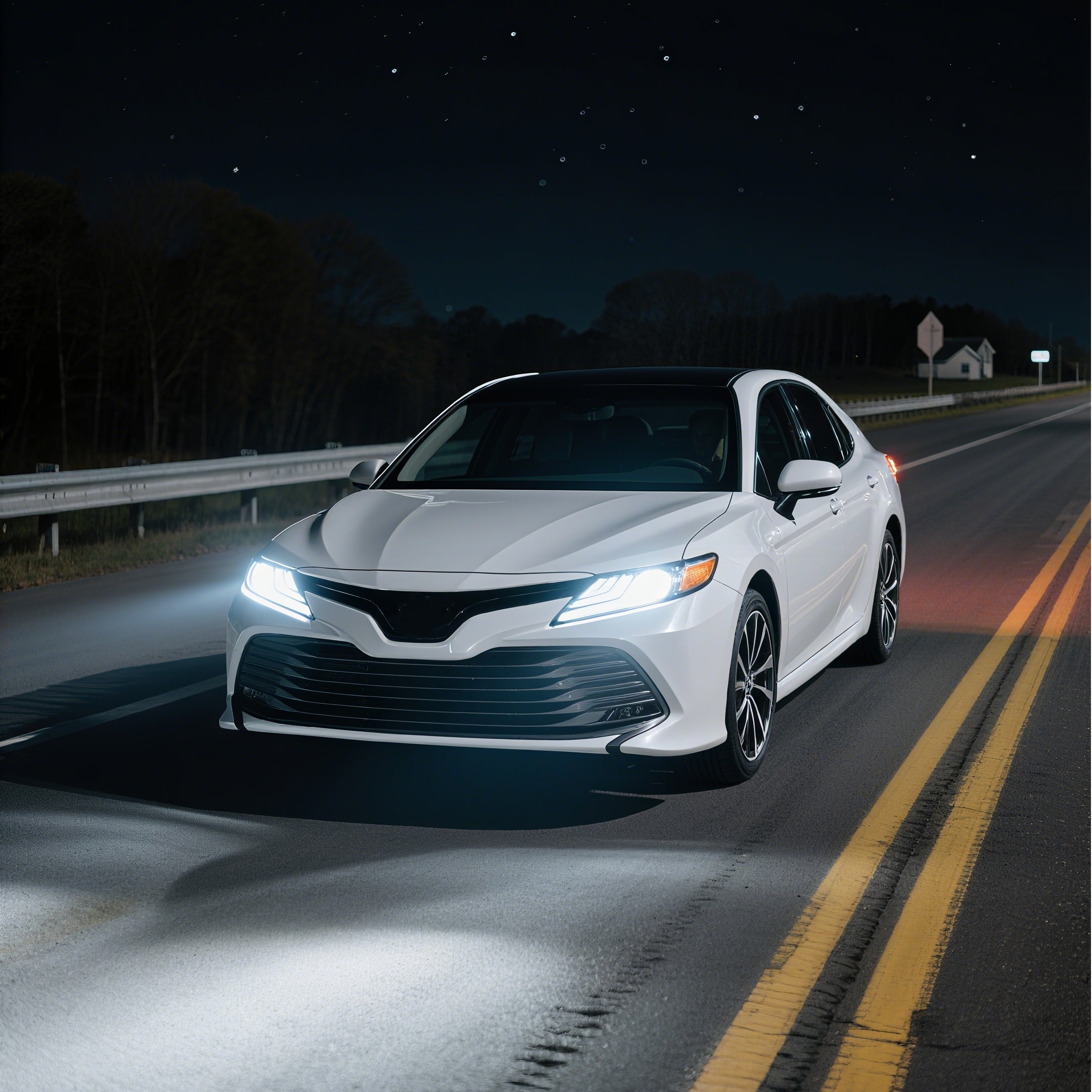
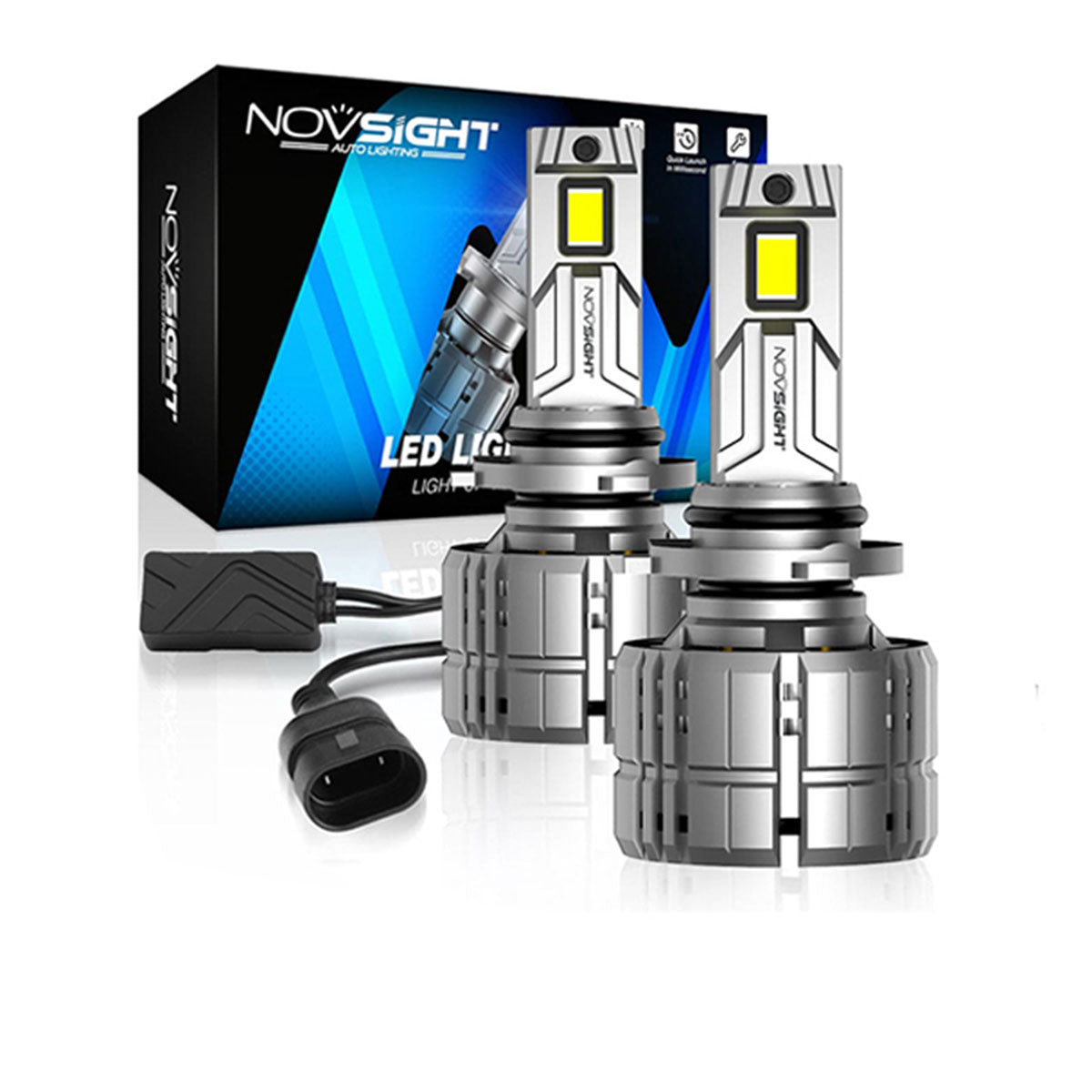
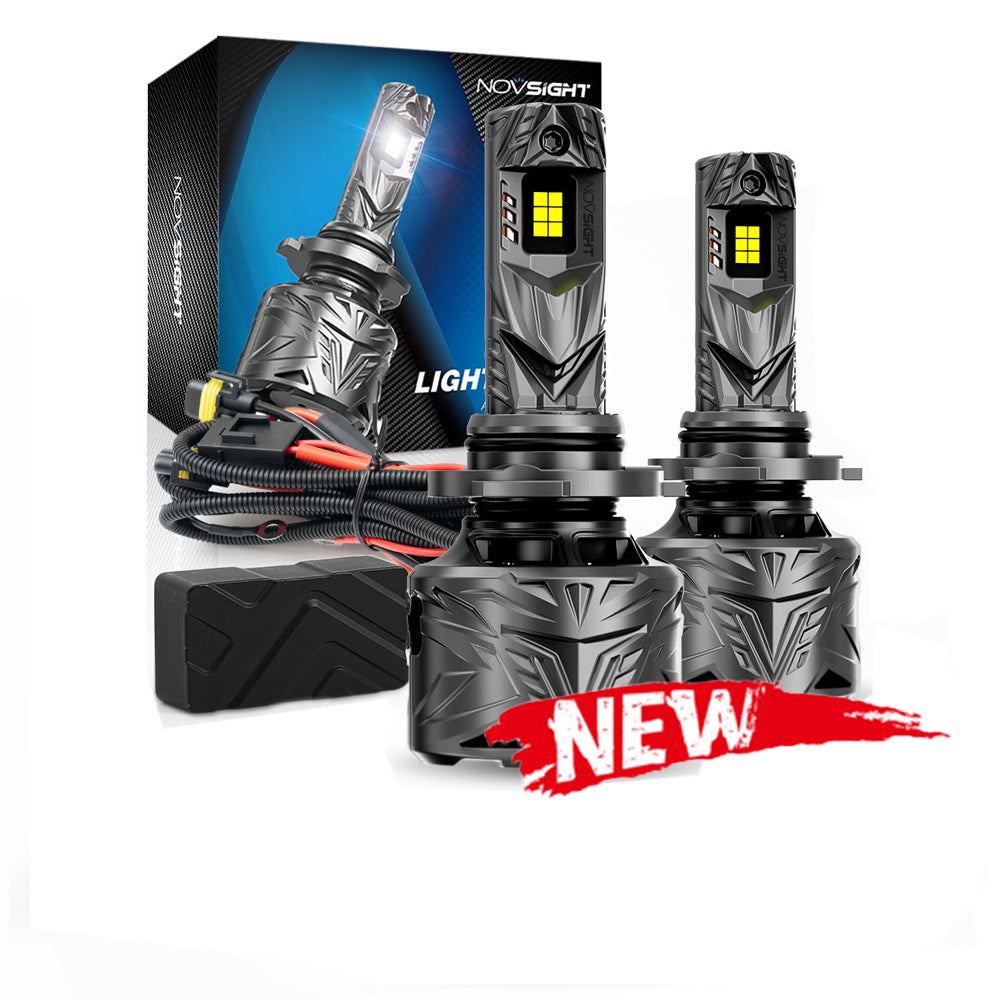
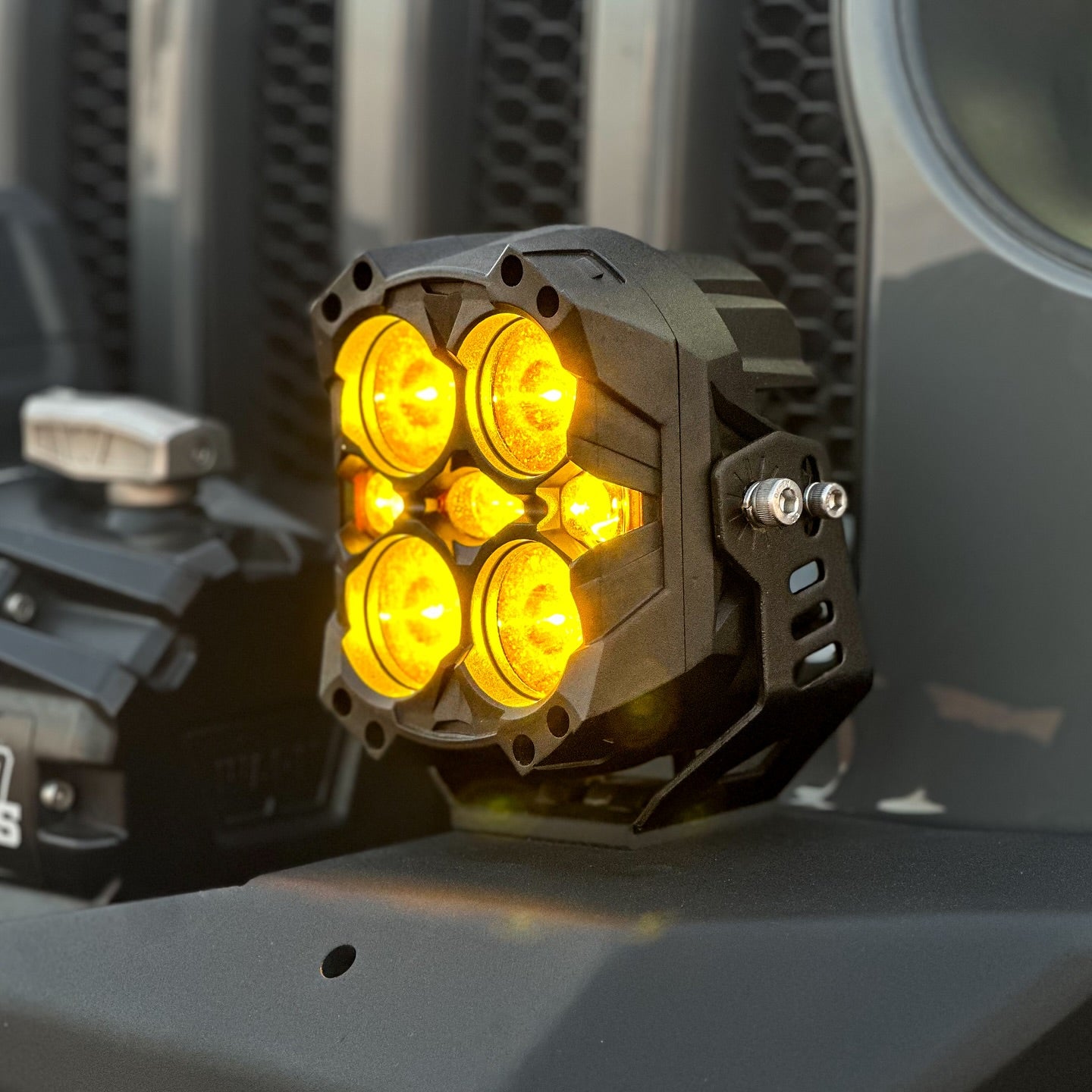
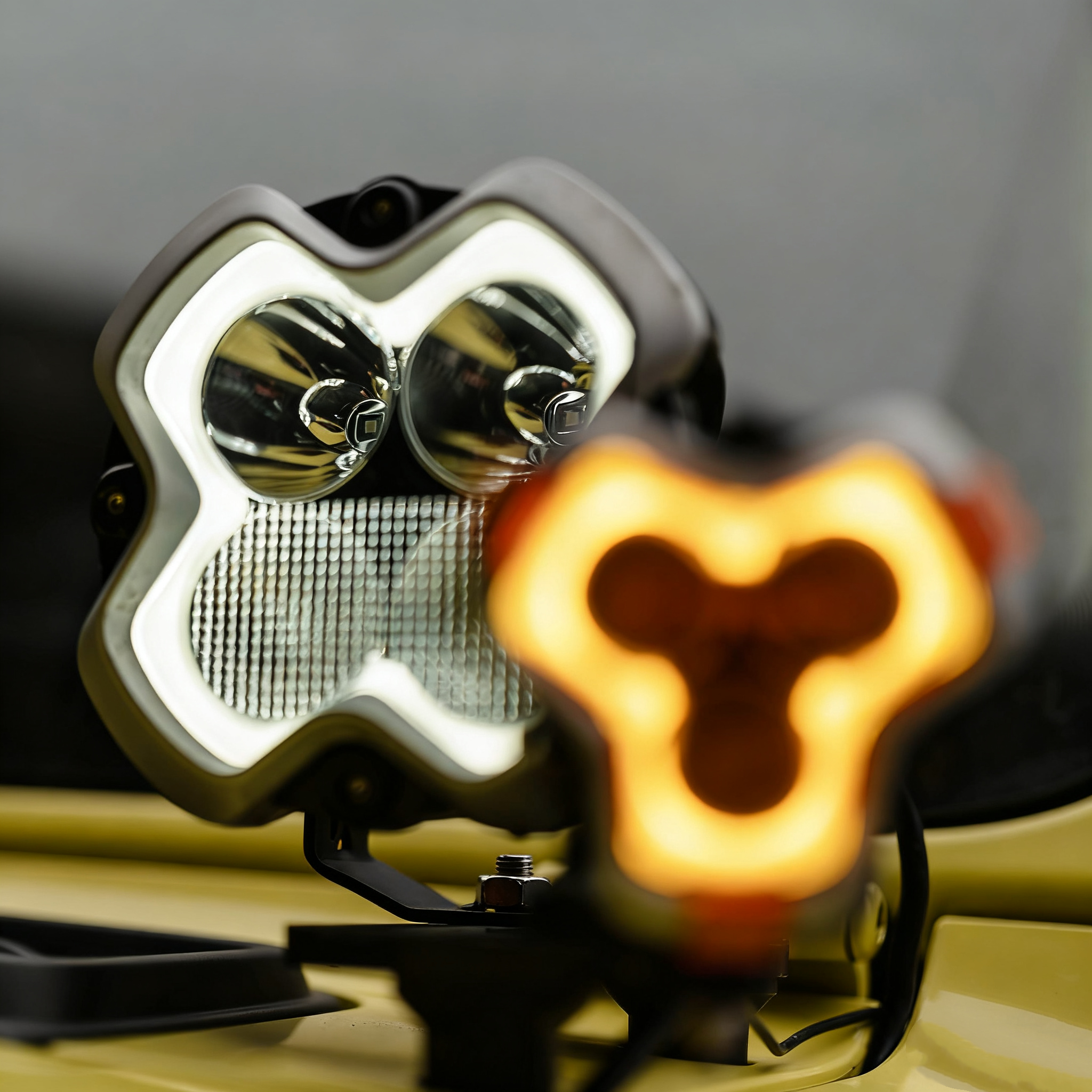
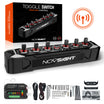
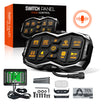
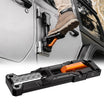
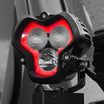
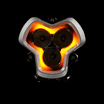
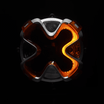
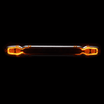
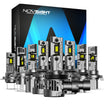
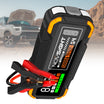
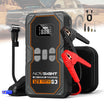
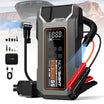
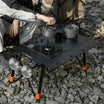
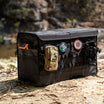
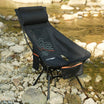
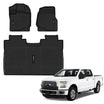
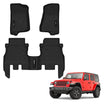


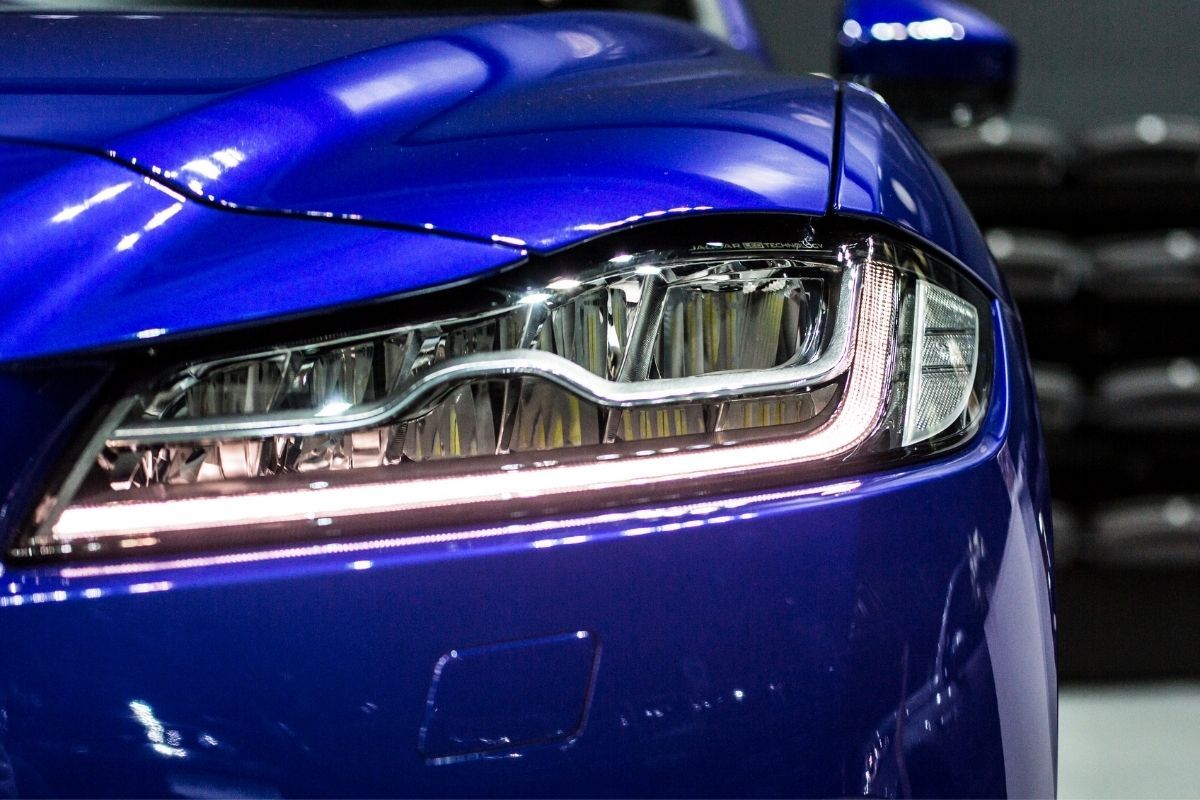
Leave a comment
All comments are moderated before being published.
This site is protected by hCaptcha and the hCaptcha Privacy Policy and Terms of Service apply.